As we make our way into March and near the official start of spring, NHSN Assistant Naturalist, Hollie Muir, reflects on the inspiring events and wildlife enjoyed during February in Gosforth’s Wild Web.
February has been another brilliant month for wildlife and events in Gosforth’s Wild Web! NHSN Naturalists have been out and about noticing signs of spring on nature walks in and around Newcastle, creating eco-friendly crafts with North Tyneside Libraries and working with school groups on nature conservation and activities.
You recorded over 1000 wildlife sightings during February as you have been noticing the signs of spring. From birds and wildflowers to the first bumblebees of the year, we would like to thank you for sharing so many wonderful observations.
We are so looking forward to seeing all of your wildlife records as the months get warmer and we start venturing outside more.
Your February Wildlife Highlights
It has been so amazing to see all of the wildlife that you have been sharing with us. Whether you’ve been sharing birds, mammals, insects, plants, or fungi, the variety of spring wildlife you have seen has been a treat to behold.
With an abundance of ladybirds and spring flowers, some of your February wildlife highlights included the Cream-spot and 7-spot Ladybird, sheltering in cemeteries all over Newcastle, Yellow Crocuses blooming through grassy areas bordering woodlands, Green Snowdrops, with their white bell-shaped flowers, and Hawthorn buds opening up in the sun.
As well as ladybirds, some unusual moths have been shared with us, which have been spotted at Gosforth Nature Reserve. The Grey Birch Button moth was spotted by Reserve Warden, Paul Drummond, whilst carrying out essential woodland maintenance. This is the second ever sighting of the rare moth ‘Acleris logiana‘ in North East England – the only other record also coming from the reserve! These moths emerge from September, overwintering through to April, with larvae feeding between spun Birch leaves. First recorded in Hampshire in 2003, they now seem to be expanding their range. The Spring Usher moth has also been recorded at Gosforth Nature Reserve, where the females can be seen climbing up tree trunks. This moth can usually be seen in woodland and parkland in February to March.
And finally, some of your bird spotting highlights include a Pochard and a Barnacle Goose. Canada Geese are a common sighting in Gosforth’s Wild Web, but the Barnacle Goose, with their smaller stature, white head and black and white body has been seen less frequent. Only visiting the North East in the winter, this bird has been spotted at Gosforth Nature Reserve and Killingworth Lake.
We can’t wait to see what wildlife you have been seeing in March!
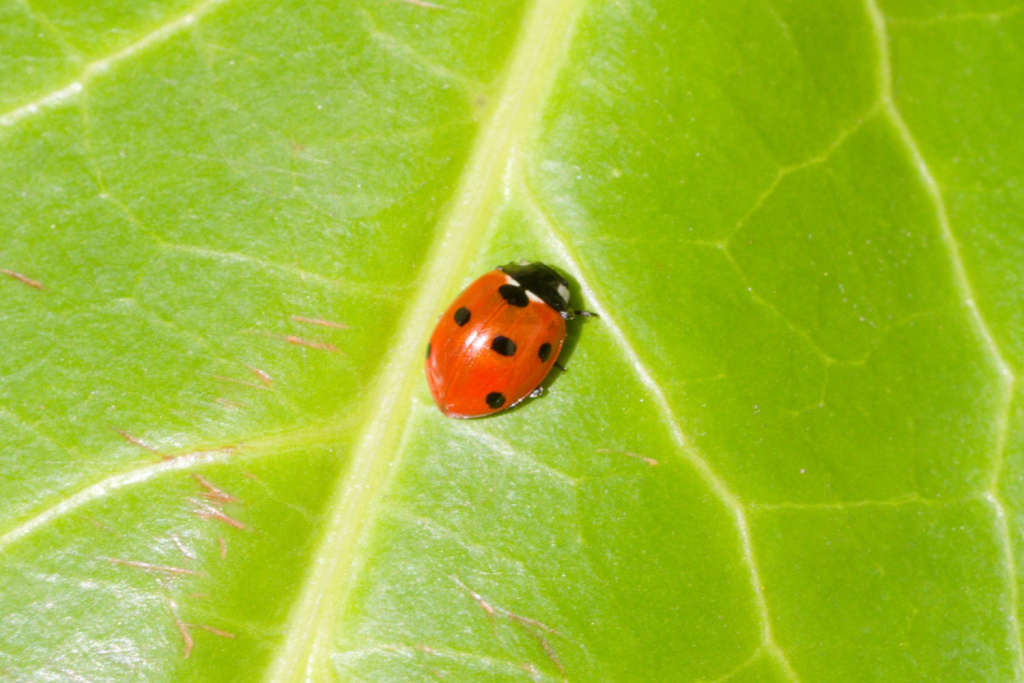
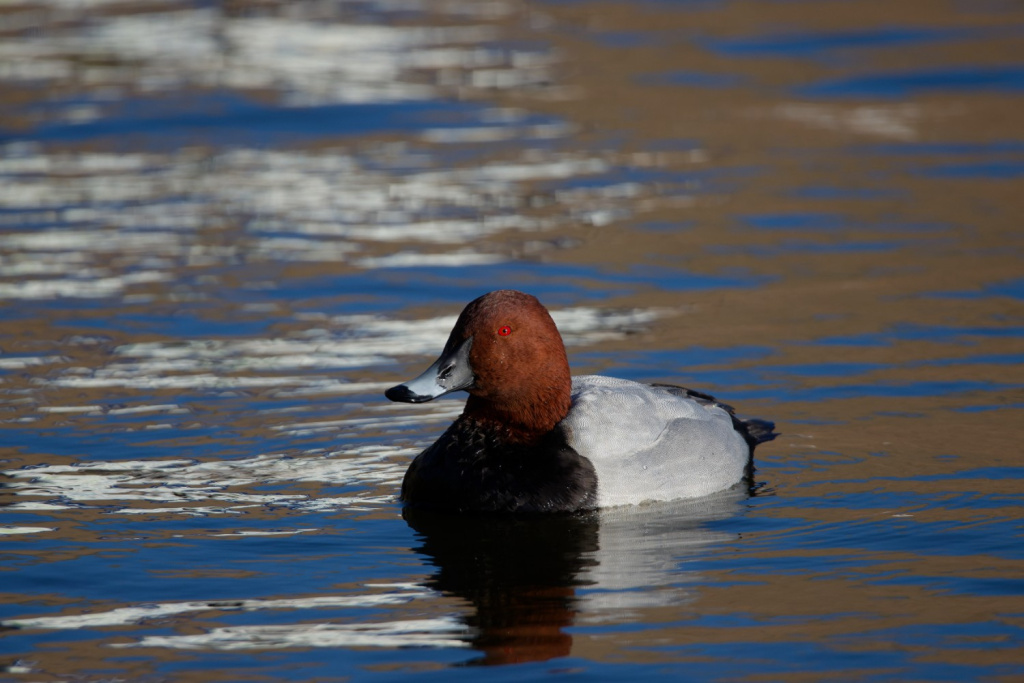
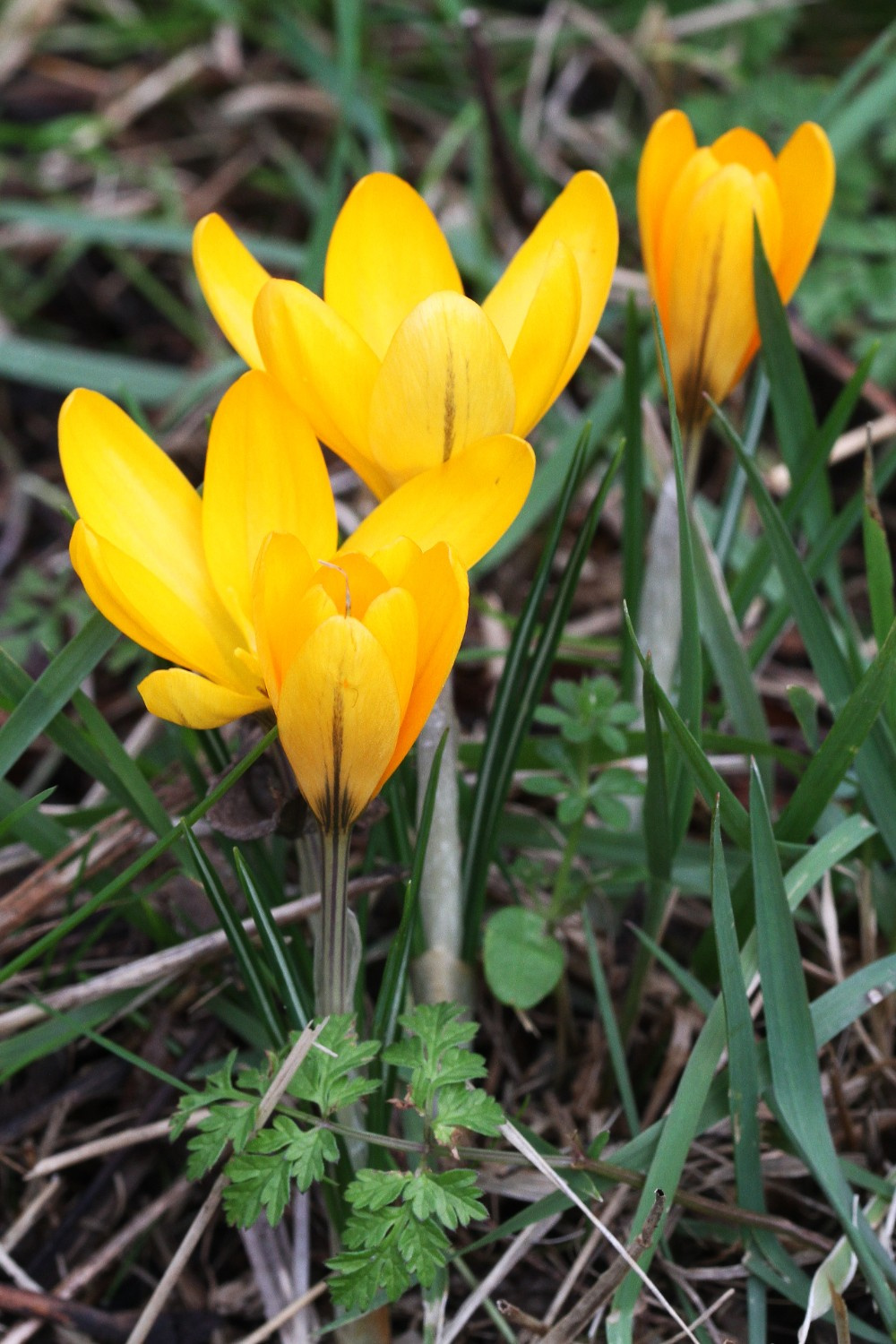
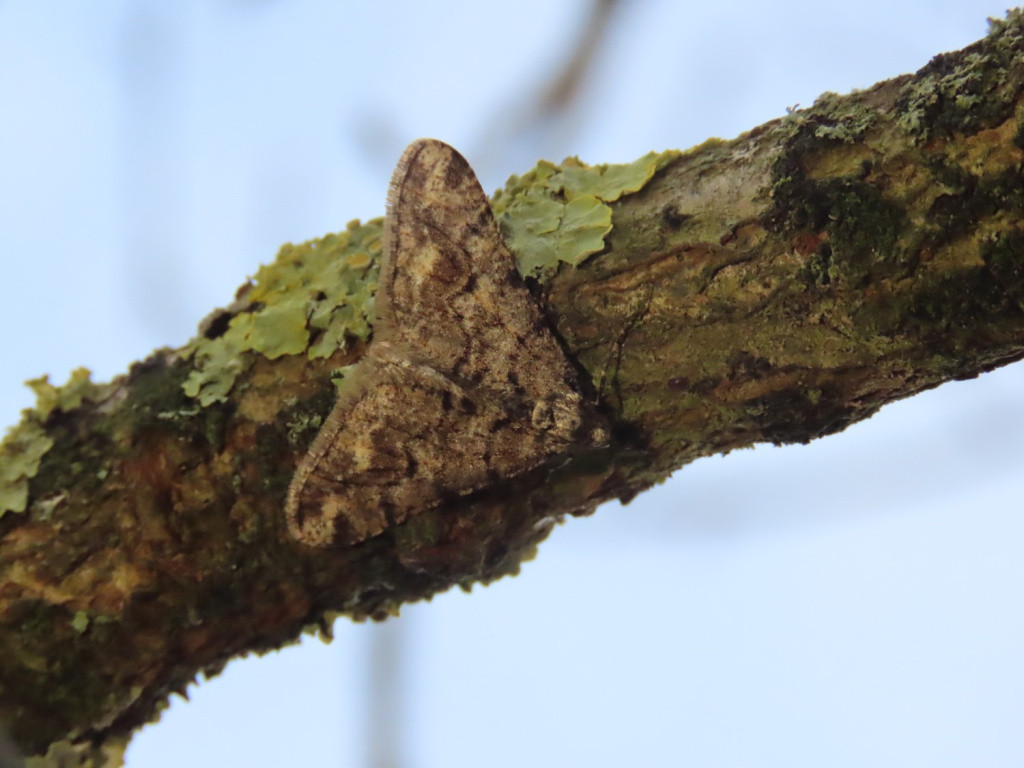
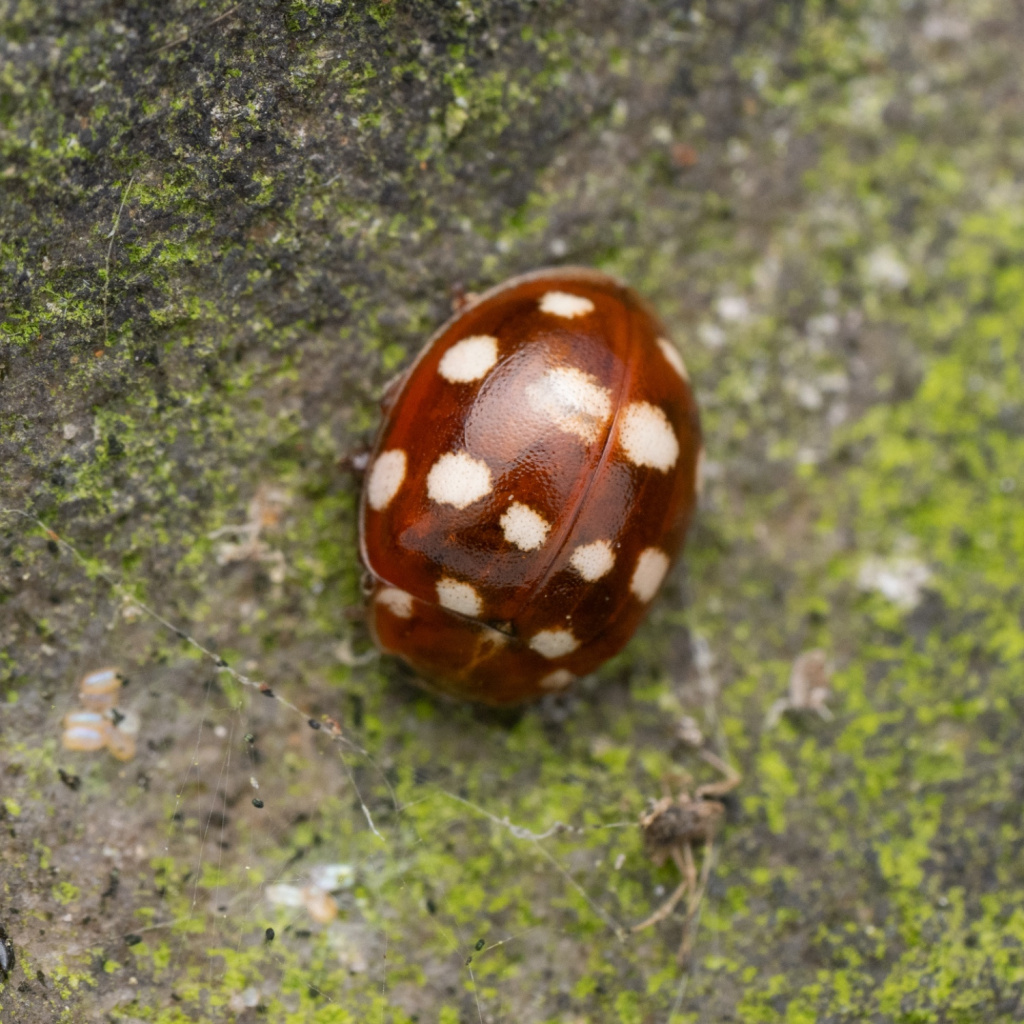
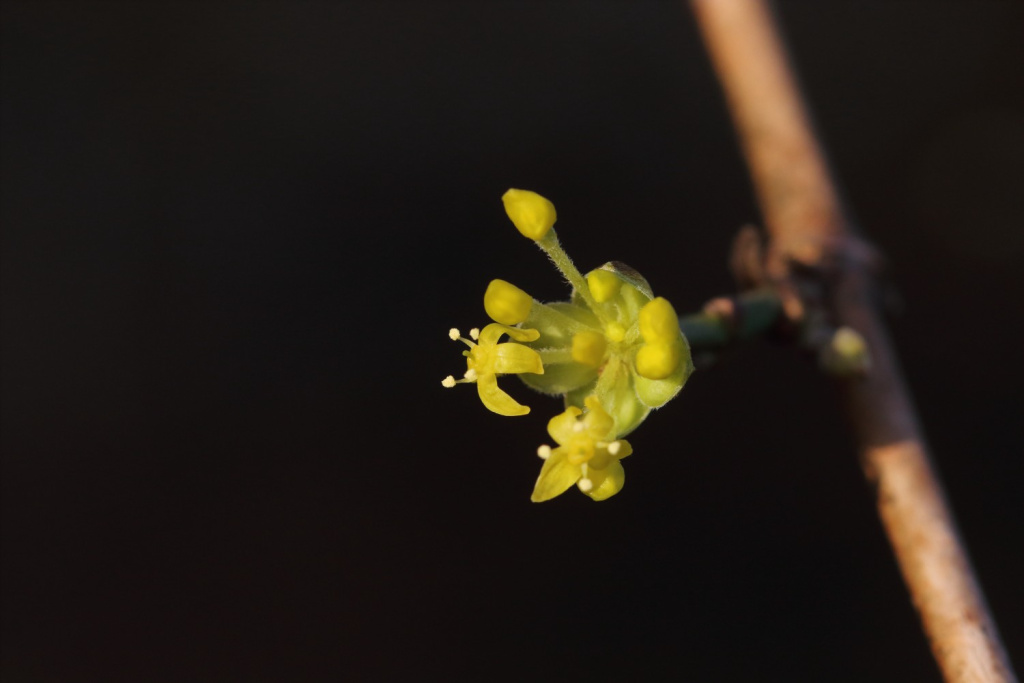
Community Groups and School Visits
February has seen 11 community and citizen science events all over Newcastle and North Tyneside as well as three in school sessions for NHSN’s Naturalists. It has been such a pleasure to meet so many new faces, curious about the nature on their doorstep, and work with so many enthusiastic primary school children in Newcastle.
From spring flowers to walks along Jesmond Dene and around Big Waters Nature Reserve, many of you have been joining us on nature walks, wanting to learn more about what is in your local area and discover hidden wildlife gems in places you may not have spotted before. With the sunny weather shining, we spotted over 25 species of birds at Big Waters Nature Reserve and witnessed the beginnings of a Great Crested Grebe mating dance, making the morning’s walk a truly amazing experience.
We saw lots of interesting birds that I would not have noticed on my own!
Attendee on a bird walk at Big Waters Nature Reserve
It was very nice to socialise and learn more from the friendly guide and other people on the walk
Attendee on a bird walk at Big Waters Nature Reserve
The Great North Museum: Hancock has been a hive of activity for Hollie and Emily, delivering events over the February half term. With a ‘Family Twighlight’ event to kick start the week, we met so many families interested in nature and how they can get involved in Gosforth’s Wild Web. Joining families at Forest Hall Library, we learned how to make apple and sunflower seed bird feeders to hang in a tree in the garden and got messy making wildflower seedballs to add a splash of colour into gardens. Everyone involved had a great time and we are so excited to continue our work with North Tyneside Libraries on their Culture Nature project, with more events planned over the coming months.
To top off a wonderfully busy week at the Great North Museum: Hancock, over two days we created bug hotels out of recycled materials with nearly 400 of you! Using juice cartons, cardboard tubes and egg cartons, we designed our own mole inspired sanctuaries for the insects which live in our gardens.
And finally, ending another exciting month, we worked with three schools for their series of nature activity sessions with us, learning about nature, creating nature art, and discovering how to connect with nature more. Working with Year 1s from Kingston Park Primary School, Year 4s from Wingrove Primary School and Year 8s from Dame Allan’s School, we have been able to enjoy working in the primary school’s forest school areas, going on bug hunts, identifying trees and creating nature art. With the students from Dame Allan’s, working on their Young Naturalist Award 2025, we had a session planting nearly 200 Hawthorn trees along the field margin at Gosforth Nature Reserve to fill the gaps in the hedge. The students then went on to explore the reserve to compare their sightings against their visit in the autumn.
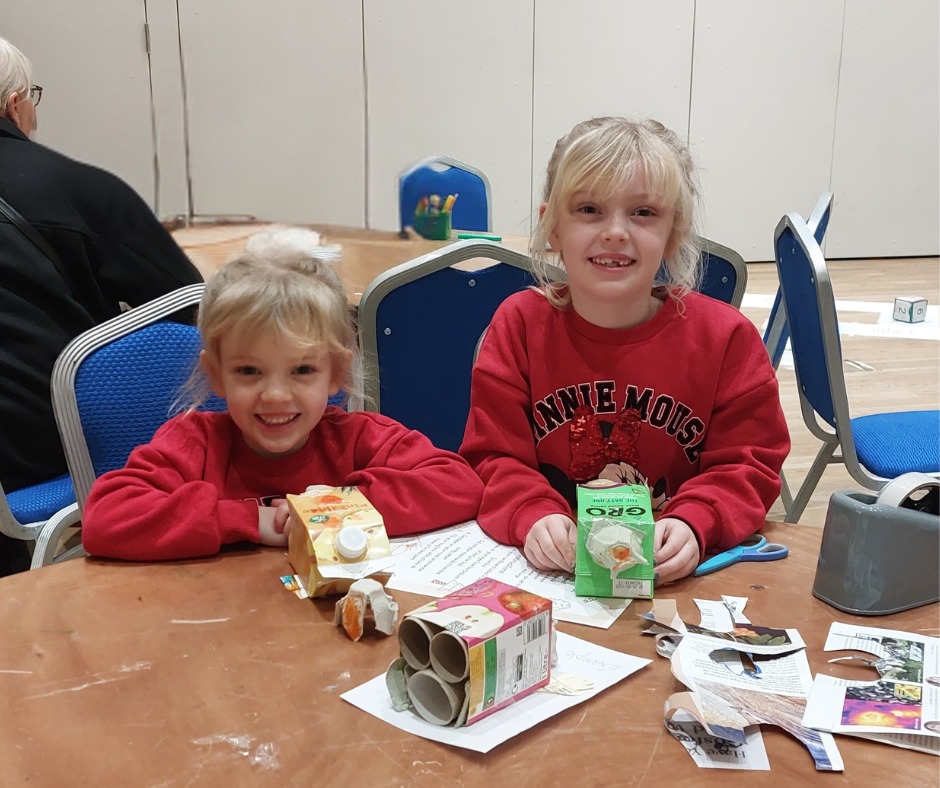
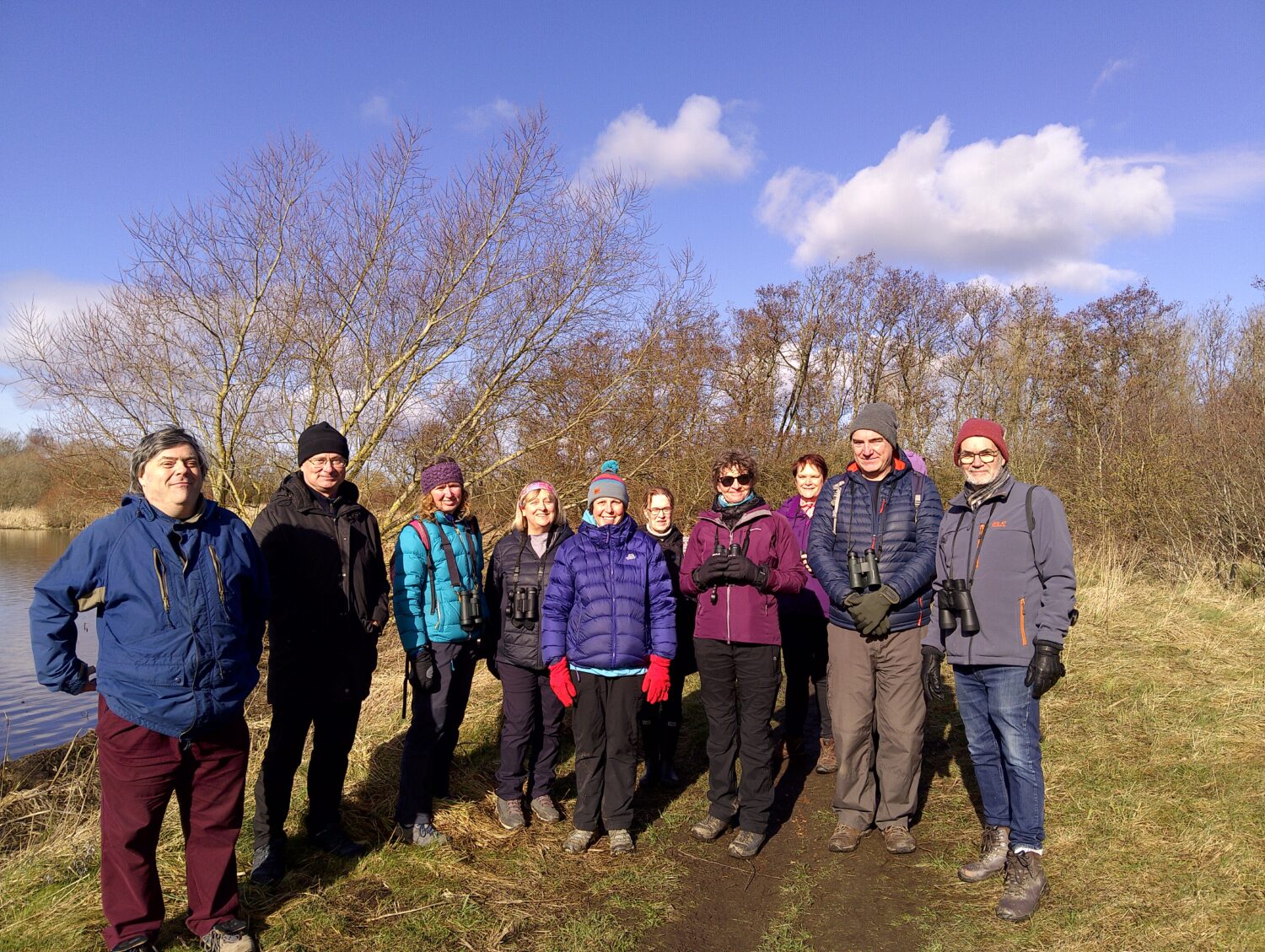
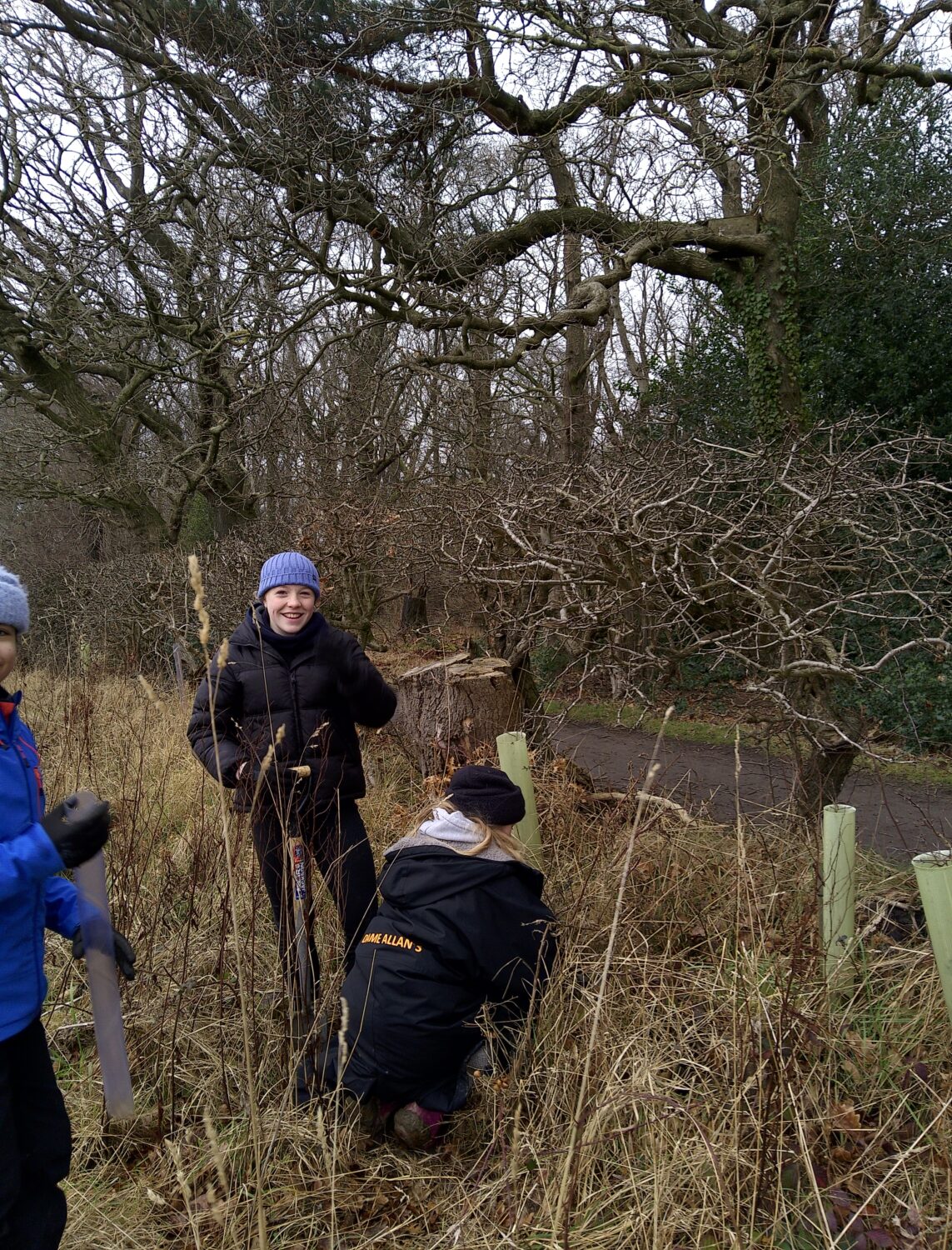
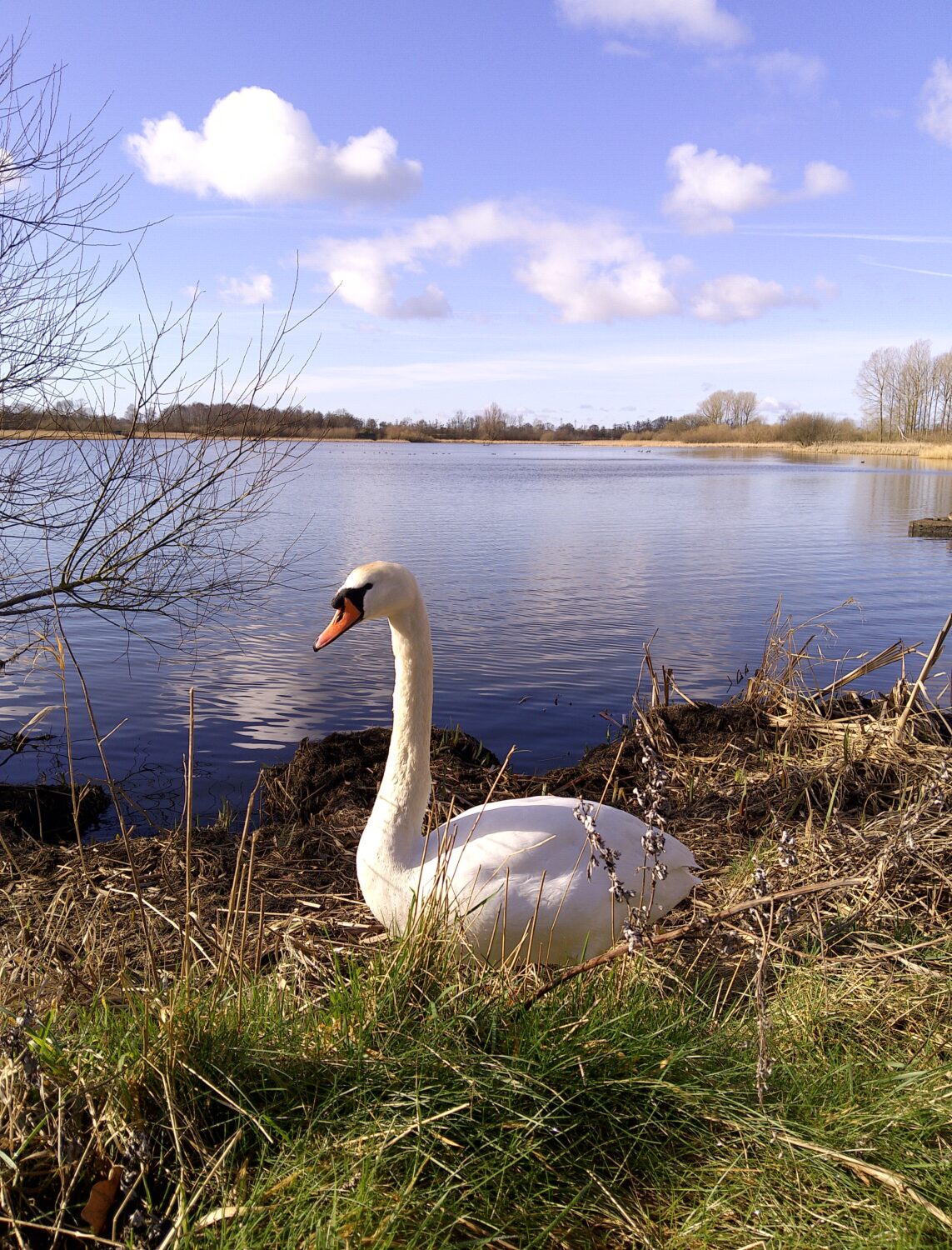
Overall, February has been a wonderful month for wildlife and events within the community. It has been a pleasure to see so many new faces on nature walks and we are so excited to see what the rest of the spring has to offer!
